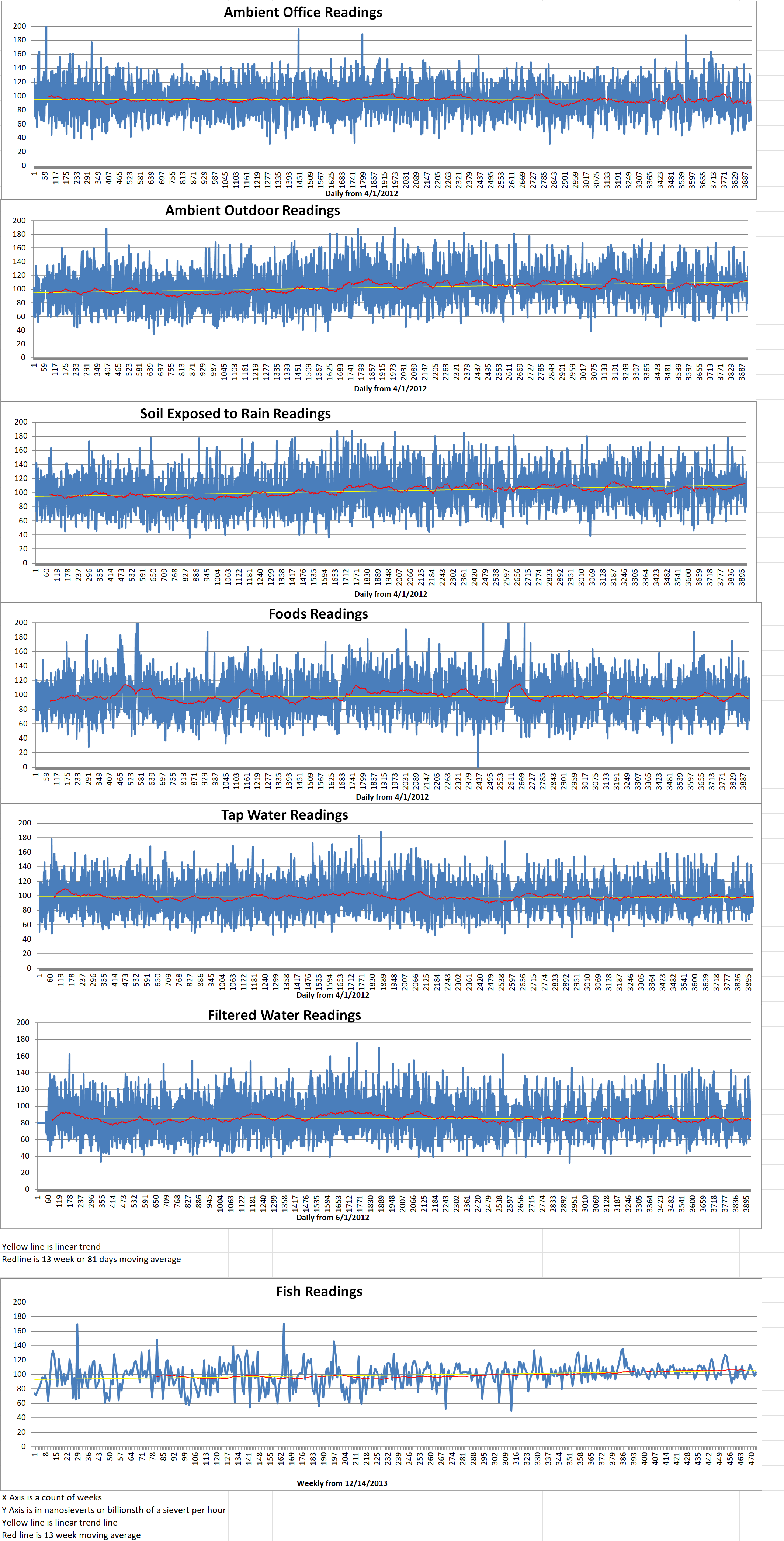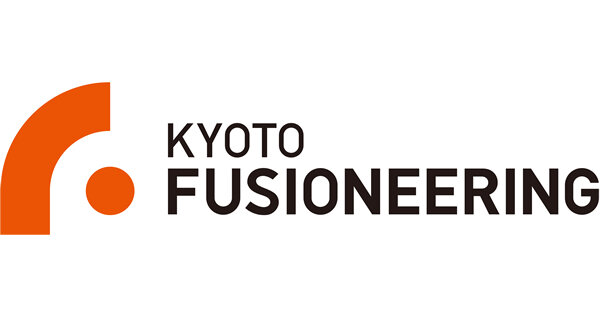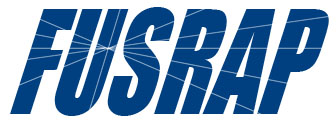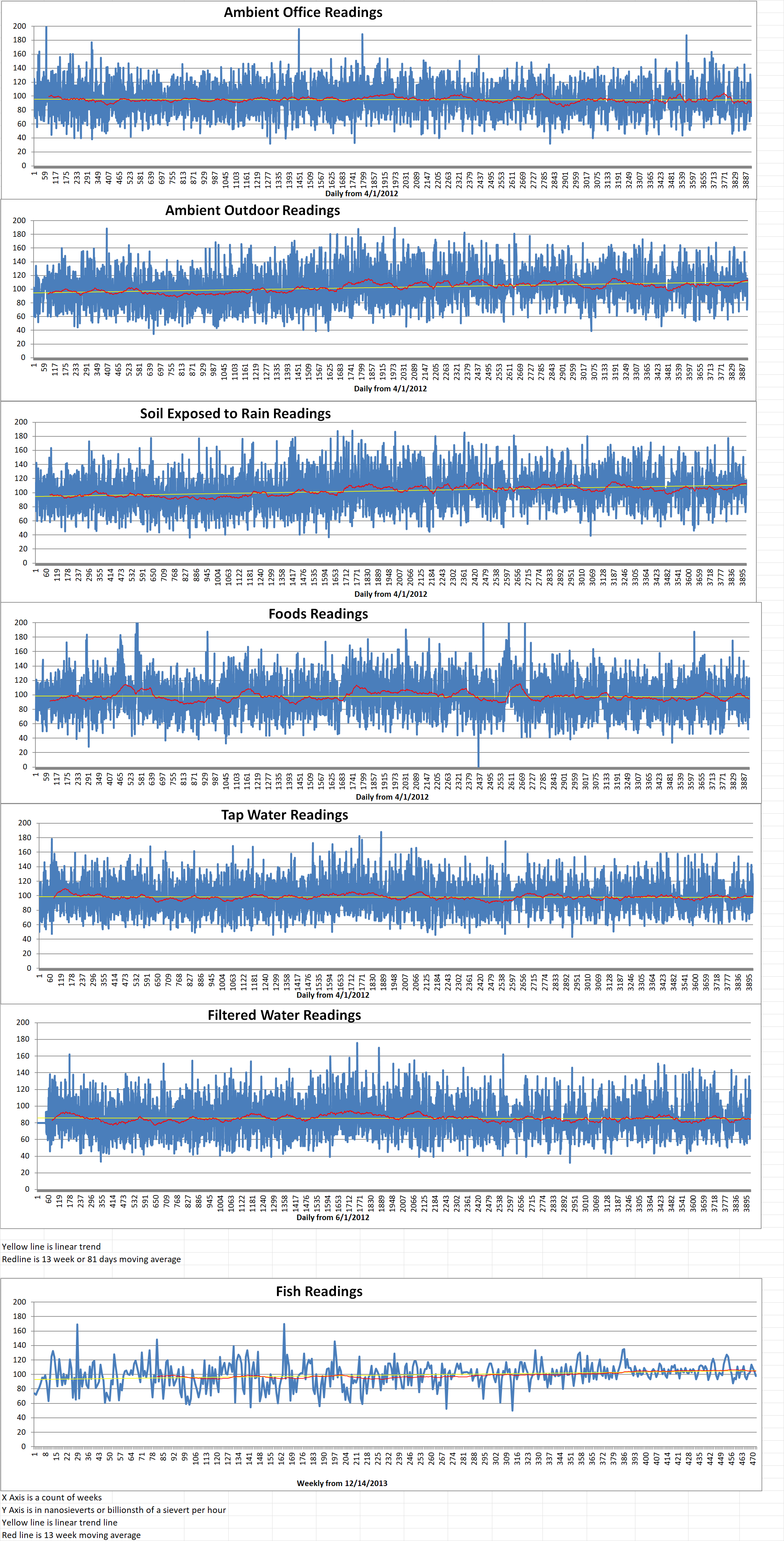The Tennessee Valley Authority (TVA) is a federally owned electric utility corporation in the United States. TVA’s service area covers all of Tennessee, portions of Alabama, Mississippi, and Kentucky, and small areas of Georgia, North Carolina, and Virginia. The utility is finalizing plans for the next generation of commercial nuclear power plants with the announcement this week that it will construct a cutting-edge reactor near Oak Ridge, Tennessee in partnership with three other companies which include the joint American-Japanese GE Hitachi Nuclear Energy, Ontario Power Generation in Canada and Synthos Green Energy in Poland.
The federal utility has signed an agreement with the companies to collaborate on the design for a new small modular reactor (SMR) that will be far smaller than the existing plants known for their massive cooling towers. The new reactor will be less expensive and easier to build.
The TVA and its collaborators will spend about four hundred million dollars on the project. The board of the TVA has already authorized two hundred million dollars for the program. This will cover the TVA’s portion.
The Clinch River site is located in Kingston, Tennessee near the Oak Ridge Turnpike. Tennessee Governor Bill Lee visited the site on March 3rd. Jeff Lyash is the CEO of the TVA. He accompanied the governor’s visit to the site. Lyash said that the location was perfect because it is near Oak Ridge’s longstanding nuclear sites. It is on a bend in the Clinch River where the cold water can be used for cooling the reactor.
The TVA owns the land because it was part o a previous project in the 1970s. Using the site for SMRs means a return on the TVA’s investment decades later.
SMRs are designed to be much safer than current large reactor operating around the U.S. However, it is a new technology so there is no safety record yet. The design for SMRs and the construction process will be regulated by the Nuclear Regulatory Commission (NRC). The NRC oversees the civilian use of radioactive materials.
The emergency planning zone surrounding the TVA’s current nuclear reactors is ten miles in every direction. These zones are established by the NRC to reduce or prevent radiation exposure in an emergency for those who live near operating nuclear power plants. The SMR emergency zone will not extend beyond the boundary of the plant property.
Joe Shea is the TVA’s senior technical advisor for the project. He said that the Clinch River site could host at least four SMRs. Lyash mentioned that if the TVA is successful in building a single unit it would be then build three more. The federal utility could also install small reactors at other sites.
One SMR is about the size of a football field according to Shea. The SMR will include a reactor building, a turbine building and a control room. This information comes from a TVA rendering of the design.
Shea added that it will be the early 2030s at best before the SMR is generating electricity.
Blog
-

Nuclear Reactors 1195 – The Tennessee Valley Authority Is Collaborating With Three Other Companies To Build Small Modular Reactors At The Clinch River Site
-
Nuclear News Roundup Mar 24, 2023
EU leaders remain deadlocked on classification of nuclear energy ft.com
Alberta grows links with SMR sector world-nuclear-news.org
Industrial users eye small reactors for power supplies world-nuclear-news.org
Iran Could Make Fuel for Nuclear Bomb in Less Than 2 Weeks, Milley Says voanews.com
-

Geiger Readings for Mar 24, 2023
Ambient office = 73 nanosieverts per hour
Ambient outside = 102 nanosieverts per hour
Soil exposed to rain water = 102 nanosieverts per hour
English cucumber from Central Market = 76 nanosieverts per hour
Tap water = 93 nanosieverts per hour
Filter water = 74 nanosieverts per hour
-

Nuclear Fusion 115 – Kyoto Fusioneering Is Collaborating With Other Fusion Researchers To Develop Materials For Fusion Reactors
Japan’s Kyoto Fusioneering (KF) and the U.K. Atomic Energy Authority (UKAEA) have just signed a collaboration agreement to develop fusion related technologies. The first project of the collaboration will be to develop a ‘fusion-grade’ silicon carbide composition system.
The partners said, “The collaboration reaffirms the strategic partnership between the United Kingdom and Japan and is based on a mutual commitment to deliver sustainable, commercial fusion energy for generations to come.”
KF and UKAEA stated that as a first step, they will develop a silicon carbide composition system (SiC/SiC) that will be suitable for use as a structural material inside a fusion reactor. They will test its stability under simulated fusion conditions.
The use of SiC/SiC composites within the breeder blanket of a fusion reactor will increase the efficiency and commercial viability commercial nuclear fusion power plants. The new material will be able to operate at high temperatures and is resistant to neutron damage.
The Self-Cooled Yuryo Lithium Lead Advanced (SCYLLA) blanket developed by KF is compatible with the lithium-lead based coolant and fuel breeding fluids in some fusion reactors.
Testing of irradiated composites can only be carried out in a suitable active testing facility. KF is expecting to reach out to UKAEA’s Materials Research Facility for support.
New post-irradiation examination methods are being developed by UKAEA to allow them to understand the changes in microstructural properties of the SiC/SiC samples caused by radiation damage. Some novel methods need to be used to extract useful material properties.
Under the new collaboration, KF will accelerate the development of critical components catered to the needs of other fusion research institutions around the world.]
KF has already signed several contracts awarded by UKAEA to provide its expertise and services. One of the most notable KF contracts involves being appointed in August 2022 as a member of the Spherical Tokamak for Energy Production (STEP) Interim Engineering Deliver Partner consortium. KF was also selected as a Tier 1 supplier in 2021 in the UKAEA Tritium Engineering Framework for the STEP fuel cycle.
Taka Nagao is the CEO of Kyoto Fusioneering. He said, “The several contracts we have with UKAEA have demonstrated the win-win relationship that can create new value for the society and fusion research and fusion industry. Kyoto Fusioneering will continue to build on our successful technology collaboration to help achieve industrialization of fusion energy. The development of a ‘fusion-grade’ silicon carbide composite system is not only a huge advancement to the realization of commercial fusion, but also yet another advantage of the blanket system, which is so important in our collective battle against climate change.”
Ian Chapman is the CEO of UKAEA. He said, “This collaboration agreement builds on our existing relationship. Putting fusion electricity on the grid requires finding and integrating solutions to several major challenges and we will be working with Kyoto Fusioneering on finding solutions to some of those challenges.”
UKAEA has signed several agreements over the past few months to collaborate on the development of fusion technologies with other researchers. These contracts include a strategic research partnership with the US Department of Energy’s Oak Ridge National Laboratory aimed at achieving a better understanding of the performance and behavior of materials required for use in future commercial nuclear fusion power plants. UKAEA has also signed a five-year framework agreement with Tokamak Energy for closer collaboration “on developing spherical tokamaks as a route to commercial fusion energy”. It also signed an agreement with the University of Sheffield and the University of Birmingham to collaborate on fusion R&D. -
Nuclear News Roundup Mar 23, 2023
New legislation targets nuclear waste thealpenanews.com
French CBC costs down on nuclear outlook argusmedia.com
Uniper to dismantle Mühleberg moisture separator reheaters world-nuclear-news.org
Canadian, Polish, US companies in ‘unprecedented’ SMR collaboration world-nuclear-news.org
-

Geiger Readings for Mar 23, 2023
Ambient office = 66 nanosieverts per hour
Ambient outside = 80 nanosieverts per hour
Soil exposed to rain water = 80 nanosieverts per hour
Tomato from Central Market = 74 nanosieverts per hour
Tap water = 86 nanosieverts per hour
Filter water = 64 nanosieverts per hour
-

Radioactive Waste 898 – Army Corps Of Engineers Is Testing Coldwater Creek For Radioactive Contamination
When U.S. nuclear weapons were developed in the 1940s and 1950s, the enrichment of uranium was carried out carelessly at many facilities around the U.S. Clean up of the radioactive waste generated by the enrichment is still going on.
The U.S. Army Corps of Engineers plans to test for radioactive contamination at a suburban St. Louis park. The park sits along a notoriously toxic creek, according to a Corps official.
The Corps of Engineers is seeking permission from St. Louis County to test soil and water at Fort Belle Fontaine Park. The park is a popular spot for hikers with high bluffs and panoramic views. It is located about three miles from where the Missouri River flows into the Mississippi River.
Coldwater Creek flows through the park. The notoriously contaminated creek has been a serious problem for decades since radioactive waste got into the creek in the 1950s. Residents who lived along the creek as children in the 1960s and later have blamed different illnesses, including rare cancers on playing in and around the creek.
Kim Visintine is a member of the Coldwater Creek Group which advocates for testing and cleanup of the creek. She said, “We were never, as kids, supposed to go down there, but of course we did.”
A division of the Corps of Engineers known as the Formerly Utilized Sites Remedial Action Program (FUSRAP) is responsible for cleaning up contamination along the creek. John Rankins is senior health physician for FUSRAP. He said that the testing the park is part of a plan to test all properties within the Coldwater Creek floodplain. He added that “We don’t anticipate finding contamination due to the elevated topography, and have not found contamination in the immediate vicinity of the park.”
Testing for radioactive materials was welcomed by local activist groups. Vistinine mentioned that the park is far removed from residential areas when children played in the creek. She said, “It’s kind of in the middle of nowhere.”
Coldwater Creek was contaminated with radioactive waste generated when the Mallinckrodt Chemical company processed uranium there in the 1940s and 1950s for nuclear weapons. The radioactive waste was initially stored at Lambert Airport near the creek. Later it was transported by truck to an industrial area that also borders the creek.
The site near Lambert Airport has been mostly cleaned up but remediation of the creek itself will not be finished until 2038, according to Corps officials. In the meantime, the U.S. Centers for Disease Control and Prevention urges people to avoid Coldwater Creek.
In 2022, Jana Elementary School in the town of Floirssant was closed after testing by a private company found contamination of the kindergarten playground and inside the building.
The results prompted the Corps of Engineers to carry out its own investigation. The Corps found no contamination inside the school building or in multiple soil samples of the outside. A third round of testing also found no harmful levels of radioactive materials. The Jana Elementary School is still closed. -
Nuclear News Roundup Mar 22, 2023
BWXT to manufacture BWRX-300 reactor vessel world-nuclear-news.org
Federal officials work to reassure residents near site of Monticello nuclear plant leak cbsnews.com
El Dabaa unit 1’s core catcher delivered world-nuclear-news.org
Construction starts on fourth Sanmen unit world-nuclear-news.org
-

Geiger Readings for Mar 22, 2023
Ambient office = 72 nanosieverts per hour
Ambient outside = 97 nanosieverts per hour
Soil exposed to rain water = 97 nanosieverts per hour
Shishito pepper mushroom from Central Market = 69 nanosieverts per hour
Tap water = 108 nanosieverts per hour
Filter water = 93 nanosieverts per hour
-

Radioactive Waste 897 – Deep Isolation Released A Study On The Disposal of U.K Spent Nuclear Fuel
A study conducted by Deep Isolation on behalf of the U.K.’s Nuclear Decommissioning Authority (NDA) concluded that deep borehole disposal cannot replace the U.K.’s need of a geological repository for nuclear waste. However, it may have a useful role to play in the disposal of some of the U.K,’s nuclear waste inventory.
The purpose of the study is to provide the NDA with information that enables it to assess the potential suitability of Deep Isolation’s directional borehole disposal solution for portions of the U.K.’s radioactive waste inventory.
Deep Isolation’s solution for the management of spent nuclear fuel and high-level radioactive waste involves placing it in corrosion-resistant casks which are then inserted into deep horizontal drillholes. This waste storage solution uses existing directional boring technology. The waste can be retrieved within a specific time frame or permanently secured. In 2019, Deep Isolation publicly demonstrated its system when it successfully placed and then retrieved a prototype nuclear waste cask hundreds of feet underground via a borehole.
The study found that sixty three percent by volume of the U.K.’s Inventory for Geological Disposal (IGD) is intrinsically not compatible with borehole disposal. A further twenty six percent can in principle be transferred to Deep Isolation casks for borehole disposal. However, existing plans for nuclear waste disposal in a geological repository will probably be more cost-effective. This leaves about eleven percent of the IGD that is operationally and commercially suitable for disposal in a deep borehole repository. This includes all of the U.K.’s high heat generating waste (HHGW). This accounts for ninety six percent of the NDA’s forecast for radioactivity levels of the IGD in 2200.
In the study, Deep Isolation developed fifteen scenarios which show its estimated, unvalidated cost of disposing of all the U.K.’s HHGW. These describe how costs will vary across geological environments and between single site and multi-site approaches. The scenarios for disposing of one hundred percent show cost estimates between three billion six hundred and forty thousand dollars and five billion four hundred and forty billion dollars. More narrowly focused scenarios show that all of the U.K.’s legacy spent nuclear fuel can be disposed of for one billion seven hundred and twenty thousand dollars. All high-level waste can be disposed of for three billion five hundred thousand dollars.
The study concludes that “Further work is needed to evaluate the impact of such an approach on the overall costs, benefits and risks of the UK’s integrated waste management strategy.”
Deep Isolation’s recommendations to the NDA include undertaking more detailed business case work to assess the possible role for the technology as part of the NDA’s integrated waste management strategy and engagement in international collaboration on the demonstrate of deep borehole technology.
Nuclear Waste Services (NWS) is responsible for the delivery of the U.K.’s GDF. It said that it “recognizes the insight afforded by Deep Isolation’s study and will continue to engage with such developments, while recognizing that a GDF will still be required for the majority of the UK higher activity waste inventory, even when Deep Isolation’s directional borehole technology is developed to sufficient maturity for potential implementation.”
The NWS added “In line with government policy, NDA and NWS continue to review new and emerging technologies which could have the potential to improve the long-term management of some of the UK’s higher activity radioactive wastes.”
Elizabeth Muller is the Deep Isolation CEO. She said, “We are excited to have delivered this project for the UK’s Nuclear Decommissioning Authority. NDA is a global leader, and I welcome their commitment to exploring the benefit of new and innovative options for nuclear waste disposal.”
